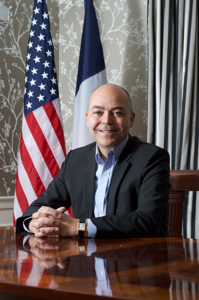Some of you may have heard the term “great resignation”. Coined at the end of 2020 by Anthony Klotz, a professor of business administration at Texas A&M University, the term aims at describing a wave of resignations and more generally instability affecting the workforce in the United Sates in the aftermath of the COVID pandemic.
A record 4.3 million people or 2.9% of the workforce quit in August 2021, up from 2.7% in July, according to federal statistics. This constituted the highest quit rate since the report began in late 2000 and is to be compared against a monthly average around 1.8% over the last two decades. According to Microsoft’s 2021 Work Trend Index, more than 40% of the global workforce are considering quitting their job in 2021. According to a PricewaterhouseCoopers survey conducted in early August 2021, 65% of employees said they are looking for a new job and 88% of executives said their company is experiencing higher turnover than normal.
So what is going on?
Essentially 2 things: first, many of the people who wanted to quit in 2020 but held off because of the uncertainty of the moment are now feeling secure enough to do so – second and most importantly, a broader reassessment of one’s priorities around quality of life and purpose. The experience of uncertainty and the greater sense of mortality induced by the pandemic, the over-mediatization of the crisis, the blurring of the boundaries between work and home life, the struggling with parenting or homeschooling of children while working, all contributed to a massive “burnout” of the workforce. Similarly to what happened in History after great wars or depressions, the COVID pandemic is transforming the workforce in ways that may be there to stay.
Businesses are noticing the trend. It is very expensive to cope with mass attrition. The resulting worker shortage complicates the reopening of the economy and contributes to rising prices, supply chain stress, product shortages and shipping delays. Companies are responding by re-adjusting the employees workloads to the extent applicable, rewarding good work financially and fostering a sense of community. For example, LinkedIn closed for a week this year to give its employees a break. Fidelity Investments is piloting a program in which some employees work 30 hours a week, taking a small pay cut but keeping their full benefits. Wages are rising everywhere. Employees retention and attraction are becoming a major corporate focus. The goal is to allow more workers to find satisfaction in their careers and for businesses to have happier, more efficient and more loyal employees.
Cédric Ballarin





